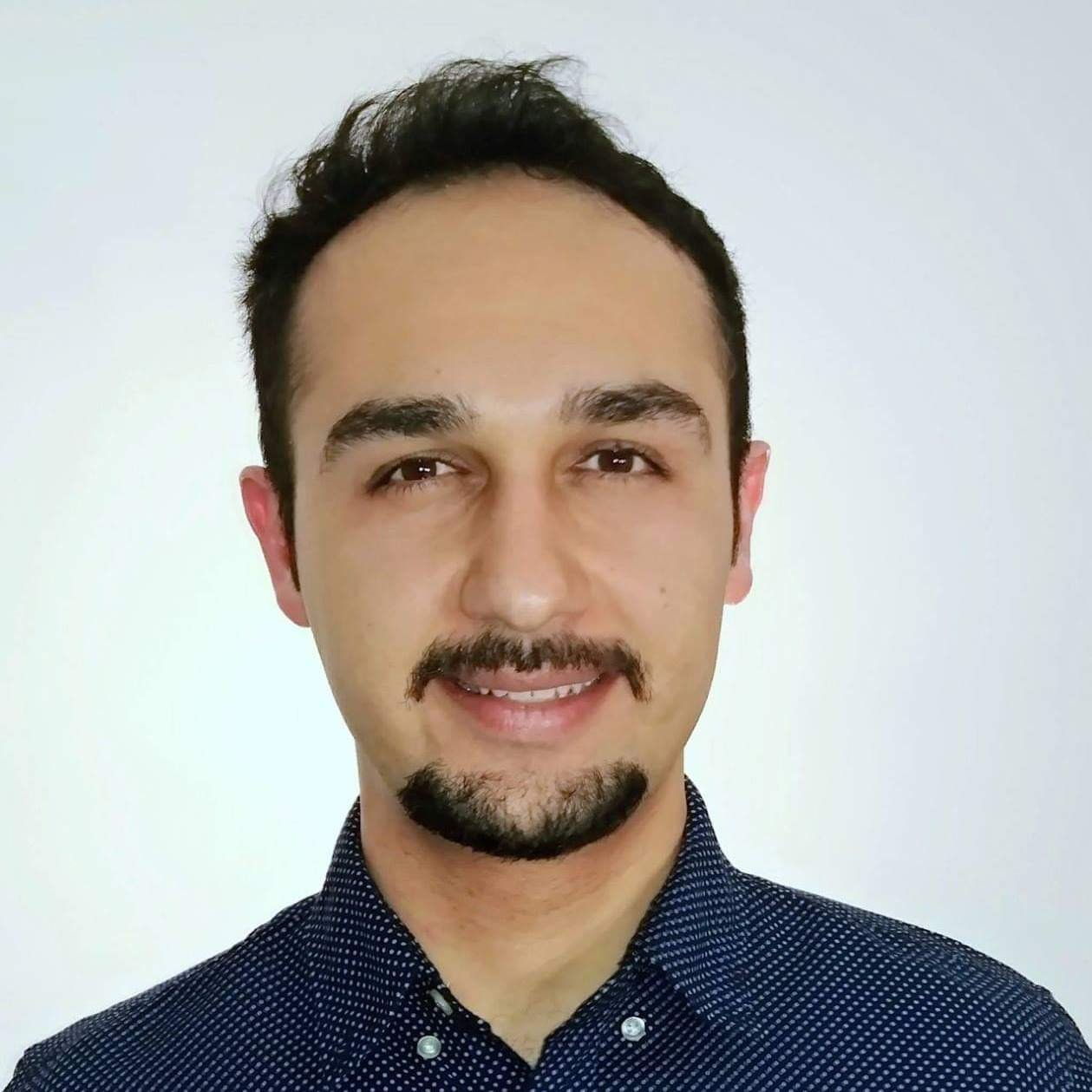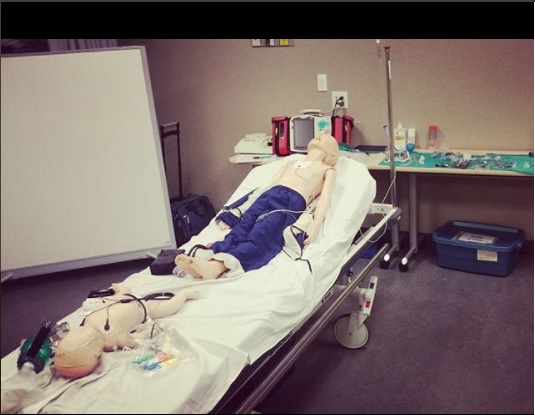I have heard this question many times and in various forms.
Who is a respiratory therapist? What do respiratory therapists do? Where do respiratory therapists work?
With the current COVID-19 situation, respiratory therapists have been mentioned frequently. This blog post is meant to be a very quick overview. If you have any questions feel free to contact me and get in touch with your respiratory therapy organizations. I usually write for clinicians, but this post is meant for everyone as everybody is impacted by COVID-19.
Who are respiratory therapists?
“Respiratory Therapists are health care professionals who monitor, assess and treat individuals who have difficulty breathing”
-College of Respiratory Therapists of Ontario (https://www.crto.on.ca/public/what-is-respiratory-therapy/ )
How and why was the profession of respiratory therapy initiated?
The origin of this profession is from the second world war. It began as a technician role to reduce the workload of physicians and nurses. With a focus on the cardio-respiratory system, the role has evolved into a therapist and now includes various responsibilities.
What are the roles and responsibilities of respiratory therapists?
To keep things simple, I am going to give you a few different scenarios. They are not referring to any specific patient or organization. The teams are made of many amazing and dedicated clinicians who will be omitted in these scenarios so we can focus on the RT role!
Here are three scenarios to put things in perspective:
Case One: Asthma Exacerbation
Mary, and her parents, had felt that her asthma was not fully controlled for a few days and the recent cold has made her breathing much more difficult. Today her mother took her to an emergency department (ER) due to the severity. In the ER, a respiratory therapist is called to initiate the nebulized Salbutamol and to re-assess the patient. Despite various interventions, Mary continues to deteriorate and the decision is made to assist Mary’s breathing with the use of a ventilator. An RT places a breathing tubing in the trachea and attaches it to a unit that breathes for the patient (i.e. a ventilator). The RT continues to monitor and adjust the ventilator to optimize Mary’s breathing. When Mary’s condition improves, assistance from the ventilator is discontinued and the breathing tube is removed. Mary is now able to breathe on her own. Part of the discharge process, an RT sits down with Mary and her parents to discuss self-assessment and monitoring, and proper inhaler techniques. A follow-up appointment, in a couple of weeks, is scheduled for Mary at the Asthma Clinic. In the Asthma clinics RTs perform a breathing test, called Spirometry, and provide patient education which includes understanding the disease, management, prevention and optimization in case things don’t feel like the norm.
Case Two: COPD Exacerbation
Michael ignores the worsening of his cough, chest tightness and difficulty breathing with even short distance walks. Today he finally decides to consult his family doctor. A decision is made for him to visit an ER. In the emergency department, various tests and treatments are done, and an RT is called to start supporting Micahel’s breathing (using a mask and a supportive unit called BiPAP). Michael’s breathing is optimized over the next day. He is transferred to the general ward for monitoring. Before discharge, an RT meets with Micahel for a smoking cessation conversation. The RT also provides education about the need for ongoing oxygen. A follow-up Pulmonary Function Testing and respirologist/pulmonolgist consult are scheduled. An RT with a Home Oxygen Company/team would visit Michael to set up the equipment, perform assessments, and provide further education. During Pulmonary Function Testing, an RT walks Michael through various breathing tests. At the respirology/pulmonology visit, an RT may sit down with Michael to review the proper inhaler technique. Same RT may also provide a smoking cessation consult. A follow-up PFT and respirology/pulmonology visit are scheduled.
Case Three: Mona and Baby Lisa – Labour and Delivery
Based on the assessments and monitoring of Mona, a difficult delivery is suspected. The team, including a respiratory therapist, is present in the delivery or operating room. Immediately after birth, RT and nurses perform the routine assessments and provide the required care. In this example, the RT puts a small “mask” on Baby Lisa’s nose to deliver a small amount of airflow or pressure. This will help to keep the lungs open slightly longer, and in turn, make breathing easier for Baby Lisa. The RT, part of the team, transfers Baby Lisa to the intensive care unit for further monitoring. Baby Lisa’s breathing is optimized by adjusting the CPAP unit as required. Use of CPAP will be weaned off as Baby Lisa starts feeling better. If Baby Lisa requires even more support, the RT can use a breathing tube to establish a better pathway, and a ventilator to deliver a more controlled breathing support.
There is more…
Respiratory therapists are involved with other roles such as managers, researchers, teachers, inventor, remote support using the phone/video-chat, transport team, consultant, policymaker, in-hospital code blue/pink resuscitation teams, operating rooms, sleep labs, CPAP educators, and others.
What can an RT do for someone with COVID-19?
Respiratory therapists can be part of the team who does the initial assessment. By applying nasal prongs or a mask, an RT can improve the body’s oxygen levels. When needed and indicated, inhalers can be given to optimize breathing. Assistance in breathing can be provided using non-invasive, such as CPAP and BiPAP, and invasive measures (Ventilators).
How to become a respiratory therapist?
Most clinicians in Canada complete their undergraduate studies and then apply for one of the many respiratory therapy programs in Canada. For the list of available programs in Canada, I will refer you to the website of the Canadian Society of Respiratory Therapists: https://www.csrt.com/rt-profession/#education. The training usually involves two years of academic and simulation learning, and a final year of clinical placements.
How much do respiratory therapists get paid?
Based on Payscale.com, the median hourly rate is $31.80 in Canadian dollars ( as of March 22, 2020, https://www.payscale.com/research/CA/Job=Respiratory_Therapist/Hourly_Rate ). As you can guess, the pay is higher with more years of experience, and with roles that entail more responsibilities and that in the acute care settings.
Where can I get more information about respiratory care and respiratory therapists?
On the national side, visit the Canadian Society of Respiratory Therapists: www.CSRT.com.
On the provincial side visit the College of Respiratory Therapists of Ontario: www.CRTO.on.ca, and Respiratory Therapy Society of Ontario: www.RTSO.com.
On a personal RT perspective, there is my website: www.Respiratory.Blog . In my interviews with different respiratory therapists, I try to share different perspectives and insights. Here is one example: Mieke Fraser’s post at http://respiratory.blog/mieke/ (published on October 25, 2017).
Thanks for your interest in respiratory care and respiratory therapists! Share this with others who may find it helpful!
Stay safe. Frequently wash your hands. Practice social isolation.
Here is a PDF version of this post for ease of sharing:
Farzad Refahi
www.Respiratory.Blog/respiratorytherapist/ 

[End]